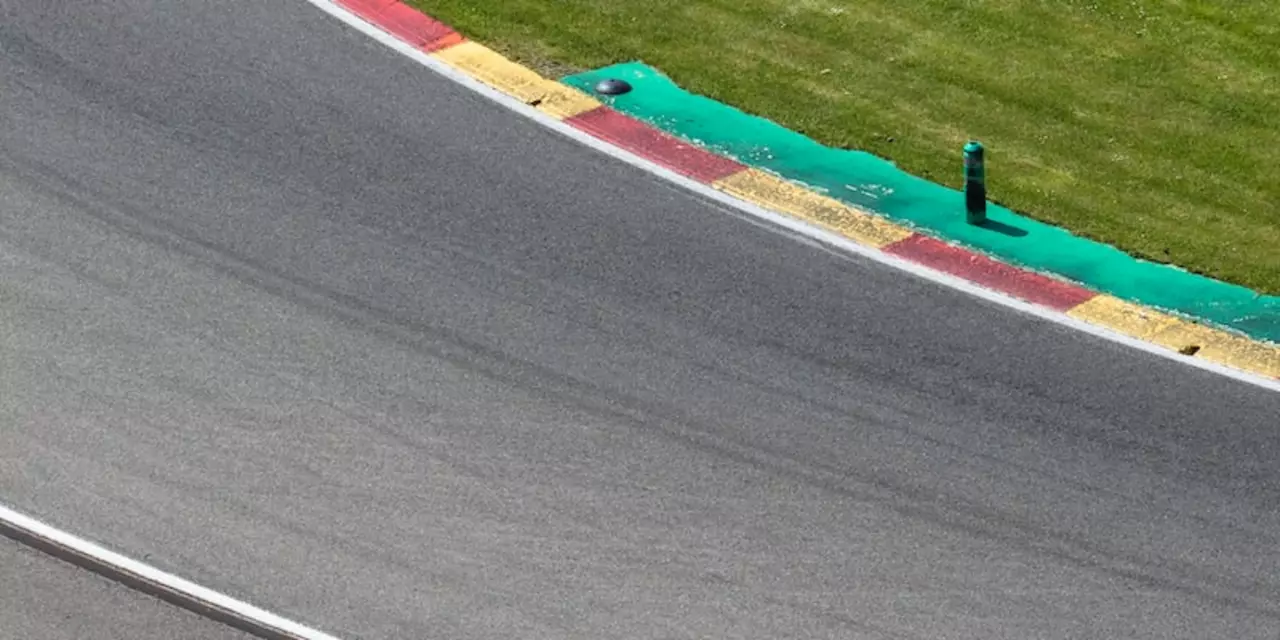Formula 1
When talking about Formula 1, the premier open‑wheel racing championship that mixes razor‑sharp engineering with split‑second driver decisions. Also known as F1, it draws millions of fans worldwide and fuels a huge market for high‑tech jobs.
One of the biggest engines behind the sport is F1 engineering, the discipline that designs aerodynamics, power units and data systems for cars that can hit over 220 mph. These engineers use real‑time simulators, CFD software and telemetry streams to shave off tenths of a second. Because of that, Formula 1 requires cutting‑edge R&D that often spills over into road‑car tech.
Key Topics in Formula 1
For anyone eyeing a seat on the grid, the path starts with the role of a F1 driver, a professional racer who combines physical fitness, reflex speed and deep car knowledge to extract maximum performance. Many drivers began in karting, moved through junior formulas, and now rely on engineers to fine‑tune setups. A computer‑engineer background, for instance, becomes a huge asset when working on data analysis or simulation models that teams use during race weekends.
Beyond the pinnacle of F1, other motorsport series, such as IndyCar, MotoGP and the Indianapolis 500, share technology trends and driver talent pools. IndyCar’s hybrid power units have inspired F1’s recent push toward sustainable fuels, while MotoGP’s focus on lightweight chassis has fed into aerodynamic research. These series influence each other, creating a web of innovation across the racing world.
Speaking of cross‑pollination, the IndyCar, an American open‑wheel championship known for oval racing and street circuits often serves as a testing ground for driver skill and engineering concepts that later appear in F1. Many former F1 drivers try their hand at IndyCar to prove versatility, and the reverse is true for upcoming talent looking to break into the European scene.
Race car driving itself is a full‑blown sport, demanding physical stamina, mental focus, and tactical awareness. The sport’s structure—qualifying sessions, pit strategies, and team coordination—mirrors other competitive activities, making it a unique blend of athletics and engineering. Understanding this sport‑like nature helps fans appreciate why driver fitness regimes now include heart‑rate monitoring and reaction‑time drills.
Another high‑speed cousin is MotoGP, the premier motorcycle racing series where riders regularly exceed 220 mph on two wheels. Though the vehicles differ, the pursuit of aerodynamic efficiency and tyre management is strikingly similar to F1. Fans who enjoy MotoGP often find the data‑driven approach of F1 equally fascinating.
The historic Indianapolis 500, a 500‑mile oval race that tests endurance and strategy more than outright speed remains a cultural touchstone for motorsport lovers. Its legacy of high‑risk overtaking and pit‑lane drama has inspired many F1 rule changes around safety and race length, showing how one event can shape another’s future.
All these pieces—engineering, driver development, related series, and the sport’s own unique demands—create a rich tapestry that defines modern Formula 1. Below you’ll find a mix of news, career tips, technical deep‑dives and cross‑series comparisons that together give a fuller picture of where the sport stands today and where it might head tomorrow.
